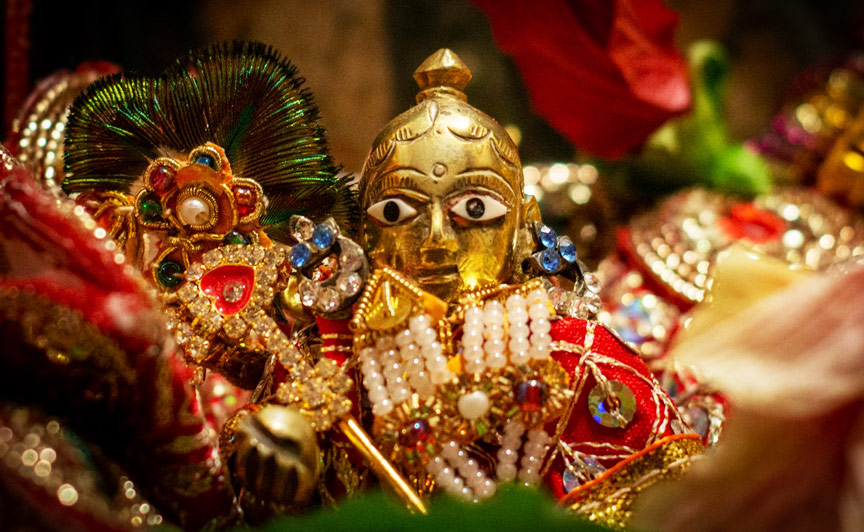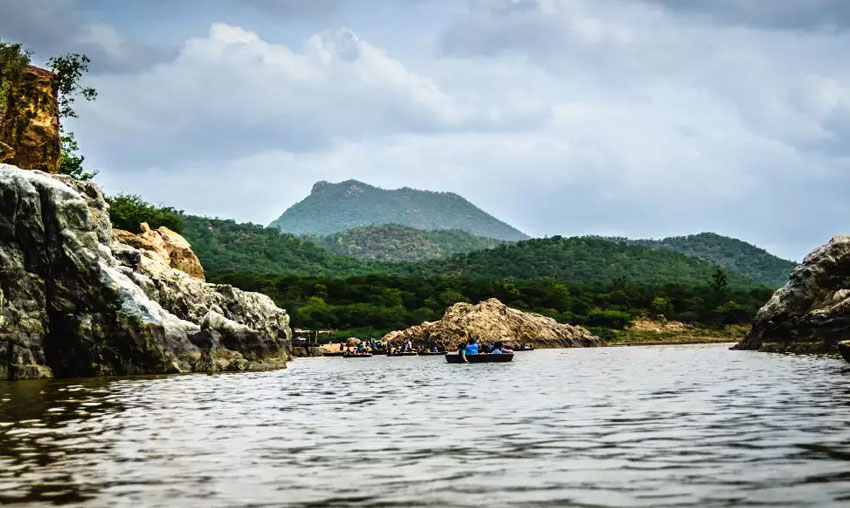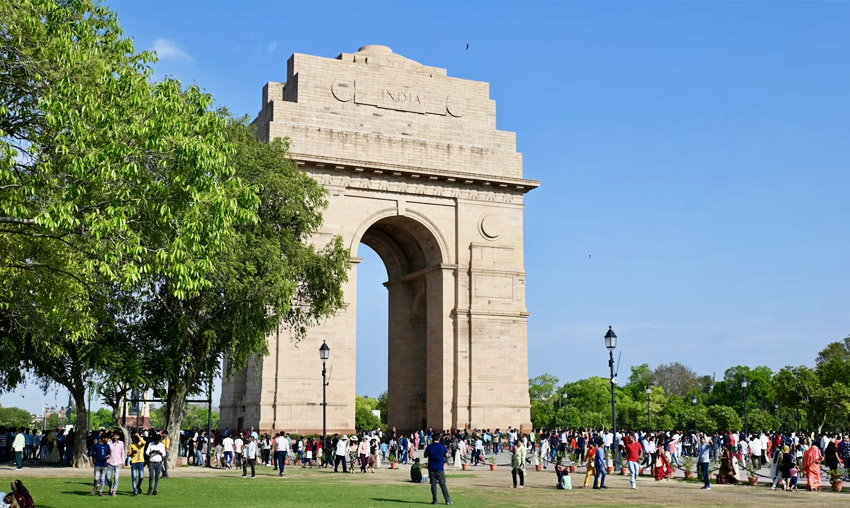August 21, 2024
The Birth of a Lord Krishna – Janmashtami Celebtration
The world was in disarray. Conflict, wickedness, and darkness dominated this era. Mother Earth herself was disturbed to such an extent. She went to Lord Brahma, the creator of the universe, in the form of a cow, pleading with him to drive out the evil as she could no longer tolerate the evils that had been unleashed on her land and soul. She was brought to Lord Vishnu by Lord Brahma and other gods, who told her that he would take on human form during the Yadu Dynasty in order to purge evil from the planet.
That form was his eighth avatar – Lord Krishna
A charming and naughty child who developed into the God of tenderness, love, and compassion. the one who guards Draupadi. Radha’s darling lover. A flautist and a cowherd. the knowledgeable Bhagvad Gita’s custodian and orator. The adjectives “playful, strategic, wise, compassionate, intelligent, passionate” hardly begin to capture this God and his significance in Hinduism.
Hindus everywhere have great reverence for Krishna, with the fervour peaking on his birthday, Krishna Janmashtami (also called Gokulashtami). The celebration is held between the end of August and the start of September. Numerous lives were impacted by that one day, which also left a lasting legend and captivating existence. This August, let’s come together to celebrate Janmashtami.
The Birth : Krishna Janmashtami
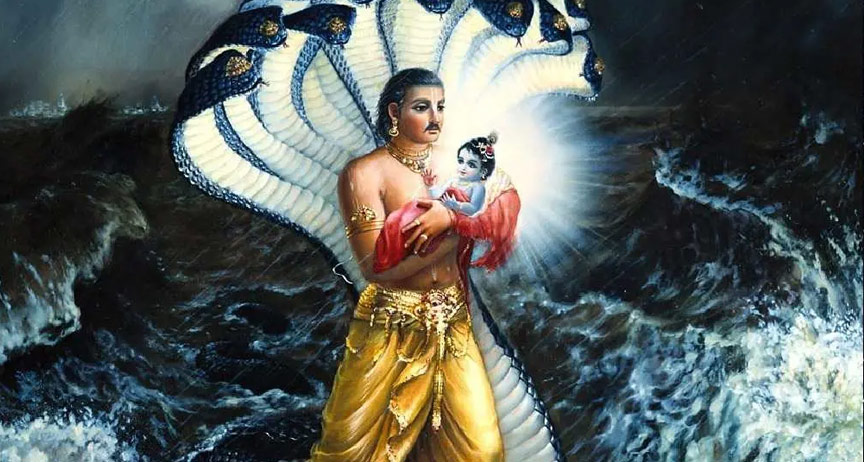
Kansa, the Mathuran king during the Yadu Dynasty, was a terrible ruler. It was said that the child that will vanquish Kansa would be born of his sister Devaki. Fearful and furious, Kansa murdered every child Devaki had. The eighth kid, Krishna, was sneaked out of the palace and across the Yamuna to be raised by Nanda and Yashoda, two foster parents. In place of Krishna, Kansa carried the small infant of Nanda and Yashoda back and killed him. The child flew to heaven and became a deity, telling Kansa that his time would arrive shortly.
Years later, Krishna came back and put an end to Kansa, the epitome of evil and cruelty.
A Night-time Vigil and Celebration
The night of Janmashtami is dedicated to celebrating this legend. During the eighth day of the Krishna Paksha in Shraavana, which falls between August and September in the Lunar Calendar, followers of Krishna observe fasts (upavasa), sing devotional hymns to him, and maintain nightly vigil (ratri jagaran). Krishna was born at midnight, and the statues depicting him are washed, dressed, and placed in cradles after that time. When breaking their fast, devotees share food and sweets. In order to represent Krishna’s entrance into their homes and lives, women frequently sketch small footprints outside of their dwellings.
But Janmashtami is more than just a commemoration of that hour of midnight. In addition, it honours the life of a legend. Millions of lives are still greatly impacted by Krishna today. He is a heavenly creature, a plaything, a lover, a brother, a teacher, a strategist, and a defender. There were numerous noteworthy events throughout his earthly life, which are commemorated in various ways throughout India. The entire nation celebrates the festival (mahotsava) the day following the midnight vigil and prayers. These are a few of the several ways that people in India commemorate Janmashtami.
Planing To Celebrate Janmashtami in Mathura? Must Visit the Places in Mathura
One God, Countless Celebrations
North India
Uttar Pradesh, one of the biggest states in India, is home to the kingdom of Mathura, the birthplace of Krishna, and Vrindavan, the area where he was raised. The festivities in Vrindavan start ten days in advance of the actual day. Plays and rasaleelas based on Krishna’s life story are presented. Temples and residences are adorned with opulence, and the idol’s “abhishek,” or bathing prior to the festivities, is a grand occasion. The two main features of the festival are enthusiastically observed in Mathura. The first is Jhulanotsov, where people welcome Krishna by decorating temples with flowers and rangolis and swings in their courtyards, symbolising the infant Krishna’s cradle. Ghatas is the second festival, during which all the temples are decked up in a specific colour that has a theme. The Krishna Janma Bhoomi Mandir, which was built on the site of Krishna’s birth, is the site of the principal festivities.
Janmashtami is celebrated with comparable splendour in other parts of North India, such as Rajasthan, Delhi, Haryana, Uttarakhand, and the Himalayan North.
Maharashtra
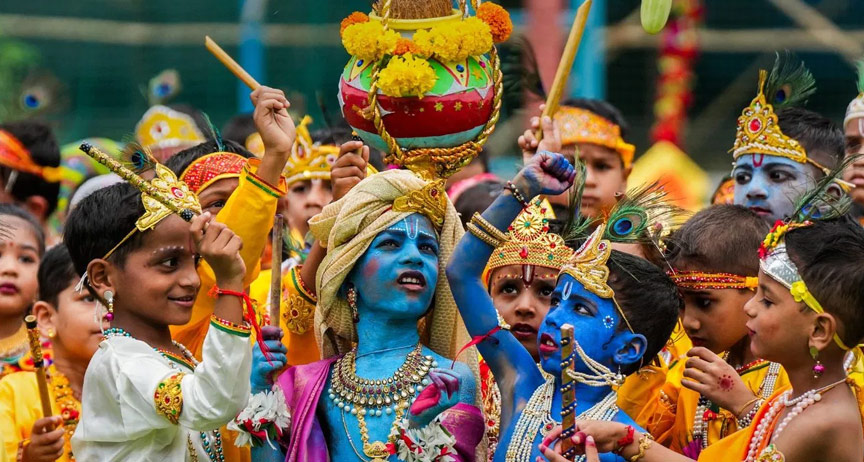
In Maharashtra, Janmashtami is a happy and enjoyable day. The focal point of the festivities is the distinctive and significant Dahi Handi ceremony. This rite is a reenactment of one of Krishna’s funniest moments, and it happens one day after Janmashtami. People used to hide milk items like butter and yoghurt from Krishna when he was a newborn because they liked them so much. Krishna would use all sorts of inventive techniques to get his favourite sweets, such as building a human pyramid with his pals’ assistance to get to the yoghurt or butter.
Pots of yoghurt (dahi), held aloft by cables and poles, pay homage to the story’s charm, happiness, and innocence. To get to the pot, groups of boys—called Govindas after Krishna—form a human pyramid. The Dahi will be released when the boy at the top of the pyramid breaks the pot. The offerings that spill are revered. The ladies and neighbours in the area applaud and make fun of the boys as they create the pyramid and climb. Everyone enjoys the joyous environment they create as they dance, sing, and celebrate.
In Maharashtra, this custom has grown so well-liked that contests are held in various cities and localities, with monetary rewards frequently offered to the winners. A related custom called Makhan Handi—a pot filled with recently churned butter—is observed in Dwarka, Gujarat, the capital of Krishna’s kingdom.
Eastern and North-eastern India
This festival is observed by the Hindu Vaishnavas in these parts of India. Here, Janmashtami is observed by dance dramas, lyrical melodies called Borgeets, one-act plays called Ankia Naat, and Bhakti yoga. The people of Manipur created a traditional dance style that is presented as a dance-drama based on the Krishna-Radha tale. Additionally, parents dress up their kids as figures from the Krishna narrative. Bhagvad Gita recitations are performed, and temples are decorated with flowers and foliage. The day following Janmashtami is celebrated in West Bengal and Odisha as Nanda Utsav, honouring Nanda and Yashoda, Krishna’s foster parents.
South India : Krishna Janmashtami Celebration
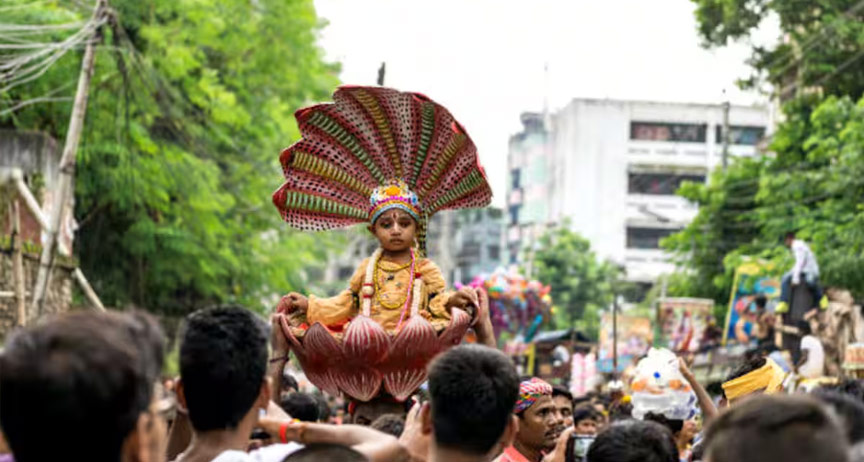
Gokula Ashtami is a deeply observed holiday in South India. On the floor, kolams—detailed designs created with rice powder—are traced. In adoration of Krishna, the song Geetha Govindam is performed, and fruits, butter, and betel leaves are offered. Little boys in Andhra Pradesh visit friends and neighbours costumed like Krishna. Large-scale Janmashtami celebrations are held in the South at the temples of Rajagopalaswamy, Pandavadhoothar, Sri Krishna, and Guruvayur.
Let’s take an example where you would like to celebrate Janmashtami but are not in India. Some nations in Southeast Asia also celebrate Janmashtami.
Nepal: Participate in the midnight fast, Gita recitations, and religious kirtans and bhajans performed by the local Hindu community.
Bangladesh: From the Dhakeshwari Temple in Dhaka, you may stroll along the magnificent parade. This parade has been around since 1902.
Fiji: Hindus in Fiji celebrate Krishna Ashtami, or the day eight days before the birthday, on the island. This area is ornamented with temples and houses, so you can get together with the locals to recite the Bhagavad Gita, eat prasad (an offering to the gods), and sing bhajans.
Pakistan: Attend a sermon on Krishna and join other devotees in singing devotional songs at the Shri Swaminarayan Mandir in Karachi.
You shouldn’t worry about missing the celebrations if you’re in the area because Janmashtami is also celebrated in other nations including Trinidad & Tobago, Guyana, and Jamaica. You can schedule a vacation if these festivities pique your interest or if you’d want to celebrate Janmashtami in a different city.
Latest Blogs
-
Best Tourist Places to Visit near Bangalore Within 100 kms
March 25, 2025
-
Pet Friendly Luxury Resorts near Mumbai for Family
March 22, 2025
-
Pet friendly Resorts near Delhi within 100 kms
March 18, 2025
-
Best Tourist Places to Visit near Delhi
March 15, 2025
-
Top 10 bikes for touring in India
March 12, 2025
-
12 Jyotirlinga Name and Place – Timing & How to reach
February 26, 2025
-
10 Popular Buddhist Temples & Monasteries to Visit in India
October 15, 2024
-
You must opt-in Things to Do when traveling to India
September 27, 2024
-
Adventure Awaits: Exploring Kochi’s Exciting Sports Activities
September 25, 2024
-
Unleash Your Adventurous Spirit with Leh Ladakh Bike Tour Packages
September 19, 2024
